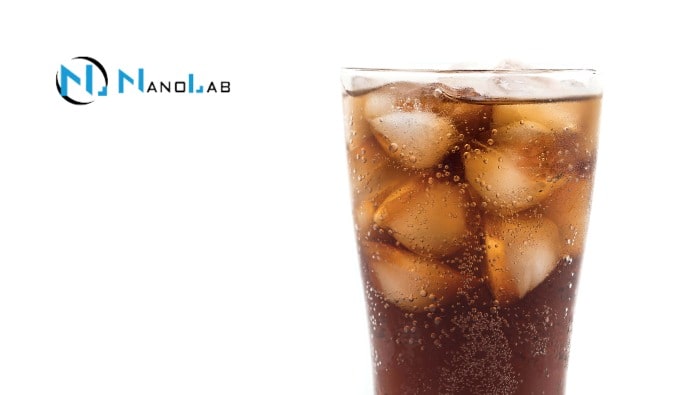Aspartame, Acesulfame K and Saccharin: Analysis of Sweeteners
Aspartame, Acesulfame - K, Saccharin Use in Foods

Sweeteners Used in Foods
Sweeteners used in foods are generally classified in 2 ways:
- Sweeteners with nutritional value: Sweeteners with nutritional value contain carbohydrates and provide energy.
- Sweeteners without nutritional value: Non-nutrient sweeteners do not provide energy and taste sweet, although they do not affect blood glucose levels.
In general, low-calorie or calorie-free sweeteners have been approved by authority organizations such as FDA and EFSA and their use is considered safe. Today, sweeteners are used in many foodstuffs. Some of these sweeteners can be listed as follows:
- Aspartame: The daily intake limit (ADI) of aspartame, which is the methyl ester of aspartic acid and dipeptide phenylalanine, has been determined as 40 mg/kg. Its sweetness is 200 times higher than sucrose.
- Acesulfame K: The shelf life of Acesulfame K, which has a daily intake limit (ADI) of 9 mg/kg, is almost unlimited at room temperature. Its sweetness level is 300 times higher than sucrose.
- Saccharin: One of the oldest non-caloric sweeteners permitted for use in foods, saccharin has an ADI of 15 mg/kg. Its sweetness is 300 - 500 times higher than sucrose.
Sweeteners such as Aspartame, Acesulfame - K, Saccharin are frequently used in foods and beverages. They are also tested within the scope of food analysis for quality tests, presence-absence analysis of additives and verification of label information.
Why Determination of Aspartame, Acesulfame K and Saccharin?
The use of sweeteners, especially artificial sweeteners, at the right levels is important for food safety. Here are some reasons why these determinations are made:
- Health Safety: Consumption of high doses of sweeteners can have adverse health effects. For example, some studies show that high intakes of aspartamecan be associated with side effects such as headaches and digestive problems. Saccharin was controversial in earlier years due to its carcinogenic potential, but is now considered safe.
- Regulatory Compliance: In many countries, there are established daily intake limits (ADI - Acceptable Daily Intake) for the use of sweeteners. To ensure that these limits are not exceeded, the levels of sweeteners in food products are determined. For example, the FDA (US Food and Drug Administration) and EFSA (European Food Safety Authority) recommend a specific safe intake for each sweetener.
- Monitoring Product Quality: Sweeteners are important compounds that affect the flavor of food products. Accurate determination of sweetener levels in products is essential to ensure the taste quality of products.
“Determination of Aspartame, Acesulfame - K, Saccharin” is one of the analyzes performed safely in the accredited and authorized Nanolab Food Analysis Laboratory.
Nanolab Laboratories Group continues to provide services within the scope of Aspartame, Acesulfame K and Saccharin Determination. We also provide services in Determination of Sweeteners in Foods.
Contact us for more information.
You can follow us on LinkedIn for up-to-date news and posts about our services.
Follow our Instagram account to be informed about our latest blog posts.

